Anyone who has even dipped a toe into the waters of competitive Madden 22 has probably done it. Hurting after a loss where you were unable to find a consistent offense, you have found yourself on YouTube without even remembering quite how you navigated there. And before you know it, you’ve watched at least a dozen videos on offensive money plays you can use from every playbook that will allow you to find the end zone far more often.
It’s a tale as old as time really. The fact is that every year there are always videos that are uploaded before the new Madden has officially been released making those who are interested aware of which plays confuse the AI the best and can lead to huge gains or possibly even instant touchdowns.
Not to get all Robert De Niro in Heat or anything, but there’s a flip side to that coin though. It seems as if there are certain plays in each and every Madden game that, for whatever reason, are incapable of working. These garbage calls are either badly executed by the AI on a consistent basis, particularly tricky to pull off and simply not worth the risk, or all of the above. In many cases, these plays have been in Madden for years, lurking there in playbooks like mines, just waiting for you to pick them so they can make your drive blow up in your face.
By this point, you’re past wondering why they’re in the game at all and have learned to identify these plays when you see them so you can avoid them at all costs. So what are these plays? Here are 10 of the biggest offenders, tempting you to call upon them like the mythical sirens who lured ships only to cause them to smash upon the rocks. For each doomed play, I will do you a favor and suggest another play — something other than these abominations that will get you nowhere.
PA Jailbreak Screen
The main issue with this screen to the wide receiver is that the play action to the running back at the outset takes just long enough that it gives the defense time to react. Because of this, the defensive back responsible for covering that wide receiver often has the chance to break on the play and make the tackle without the pulling lineman being able to block him.
The play becomes more dead in the water though when that defensive back is in press coverage because then it can get worse than an immediate tackle on the receiver should the DB jump the ball and come away with a pick-six instead. It might help if the play had another option you could go to once you saw the press coverage, but that’s not the case so there’s really nothing you can do to make the play work sometimes.
Call Instead: Some better options in running a screen to a wide receiver can be found in RPO plays where you’ll be able to hand the ball off to the running back if you don’t get the right look on the outside.
Pitch WR Reverse
If you’re trying to surprise the defense and attack the edges, you can do a lot better than this toss reverse to the wide receiver that’s just as likely to end in a loss than a gain. Unless you happen to be running it with someone who’s very fast, it’s a real challenge to overcome the fact that your receiver gets the ball when he’s about five yards behind the line of scrimmage.
The most likely scenario you’ll encounter is that there will be defenders waiting for you on the other side of the field when you take the reverse there as designed, and they’ll be able to take an angle on you that will see you struggling to get back to the line of scrimmage.
Call Instead: A better option than this play is to find one that involves the quarterback executing a quick toss to a receiver as they come in motion.
Fake FG Toss
So you want to get cheeky and try to fool the defense by faking a field goal on 4th down? That’s not a bad idea, but you may want to consider using a fake where you end up throwing the ball rather than any variations on this one that involve a flip to an end who then attempts to run up the middle.
As you might expect, this end usually isn’t one of the fastest players on the team, so don’t count on him to get too far before he’s tackled no matter how surprised the opposing team might be. Even though it’s possible the play might be able to get you a first down provided that it’s 4th and short, you won’t be able to rely on it if it’s any longer than about 4th and 3, which brings me to my next point.
Call Instead: If it’s 4th and 3 or less and you’re considering calling on this Fake FG Toss play, you’re probably just better off biting the bullet and going for it since that way you’ll have access to some better play options than this.
PA End Around
This play has entirely too much happening and there are variations in a number of playbooks. Any design that involves fake handoffs to both a running back and a receiver or tight end on an end around is just inviting trouble. To give you some idea of how long it can take to execute both of these fakes, there are times when running this play that a defender will tackle the quarterback while he’s in the middle of executing his sleight of hand.
It’s hardly going out on a limb to say that any advantage that you might gain from actually getting through those two fakes can outweigh the risk of trying them at all.
Call Instead: You like play action? Cool. Then stick to doing one fake handoff per play, whether that’s to the running back or the wide receiver. You don’t need to go crazy and be faking it to both of them.
FB Fake HB Flip
Some plays like this one are hindered by the way that Madden 22 doesn’t accurately recreate how effective the element of surprise can be in an NFL game. Typically, this play can be effective on short yardage in real football because the defense will be so ready for the fullback dive up the middle that they’ll be fooled when they see it’s only a fake.
A defense in Madden 22 though isn’t usually all that fooled by the fake, and you end up with a running back caught behind the line of scrimmage who’s desperately trying to outrun one or more defenders.
Call Instead: In short yardage, you’re probably better off turning that fake into a real handoff to the fullback since it’s hard to bring down a bigger back in Madden 22 without having him fall forward for at least a yard or two.
Goal Line Fade
Here’s a play where the blame can’t entirely be placed upon Madden because it’s not like a “Goal Line Fade” is all that effective an option as a goal-line play in real life either. A long-shot option where you just toss the ball up to a receiver presumably in a favorable man coverage matchup with a smaller defensive back, the odds of it succeeding are even less in Madden 22.
It’s hard to be certain on any given play that you can even trigger the ideal aggressive catch animation required, let alone be able to win the dice roll that any interaction with a defensive back is sure to become.
Call Instead: When you’re close to the end zone and the windows get smaller, slants or spacing can yield touchdowns.
HB Screen
More of a concern in online play than vs. the CPU, the many types of HB screens that every team has in a playbook can be effective in the ideal situation and against the right defense. However, they can also be ruined with just a little bit of anticipation. A good user who’s controlling the a linebacker will typically see the offensive linemen begin to pull one way and then sprint towards the running back to disrupt the play. This can result in a huge negative play if the user linebacker catches your running back behind the line with zero momentum or, even worse, an interception if the linebacker gets there early enough.
It often doesn’t matter if you’re able to sense that your opponent has seen the screen coming because there aren’t typically any other viable routes on these plays. You might even have to take a sack because Madden 22 still doesn’t have a way to throw a ball at the running back’s feet like any good quarterback in the NFL might do once he realizes the play isn’t going to work.
Call Instead: To get the running back involved in the passing game in other ways, find plays that involve him coming out of the backfield on check-down routes either in the flat or over the middle of the field.
Curls
When it comes right down to it, curls are simply riskier propositions than other routes and, factoring in how they aren’t usually responsible for huge gains anyway, can’t be considered worth the risk they possess. To give yourself the best chance of success on them, you almost need to throw the ball before your receiver has even made his break back to the ball, and you need to hope that the defensive back in coverage isn’t able to jump in front of the receiver to make an interception.
If you miss the narrow window here and throw the ball too late, it only gives the defender a better chance at making that pick. When the play design dictates that every single receiver is running a curl route, you’re forced to pretty much decide almost immediately which receiver has the best shot of gaining some separation.
Call Instead: A similar concept that is a little bit easier to read though is the deep outside comeback route that can almost function like a back shoulder throw when timed correctly.
Shovel Option
Sometimes it’s the plays that appear the be most fun and alluring in concept that can end up being the most dangerous in their execution. Exhibit A is this little number from the Cardinals playbook in which the quarterback darts to the outside with the football. He’s flanked to his left by a back who can accept a shovel pass and on his right by another back who can take a pitch.
If you don’t like either of those options, you can keep the ball instead and try to get some yards with the QB. There’s so much going on here that it can be overwhelming enough to cause you to make a wrong decision, which in this case might involve a huge loss or even flipping the ball directly into a defender’s arms.
Call Instead: Work on mastering the QB option and making the right call with only the two possible decisions of keeping the ball or handing it off to the running back, as the consequences there will be less dire.
Spike Ball/Fake Spike
File this one under “too little, too late,” as the cold hard truth is that if you’re calling for a spike of the ball to kill the clock from the play-calling menu, too much time has probably elapsed to make this a viable option. When time is of the essence at the end of a half or the game and you don’t have any timeouts at your disposal, you can’t waste valuable seconds waiting for the play-calling screen to appear because that essentially translates to your offense huddling on the field.
Do you see a lot of teams huddling on the field before lining up for a spike? Can you imagine the articles that would be written about that quarterback the next day or how quickly he would be riding the bench?
Call Instead: Tap circle/B repeatedly after a play to get your offense to the line quickly and have the quarterback spike the ball without the need for a huddle. If you forget to do this and end up in the play-calling menu, you’re probably better off selecting an actual play and making the most of whatever time you have left.


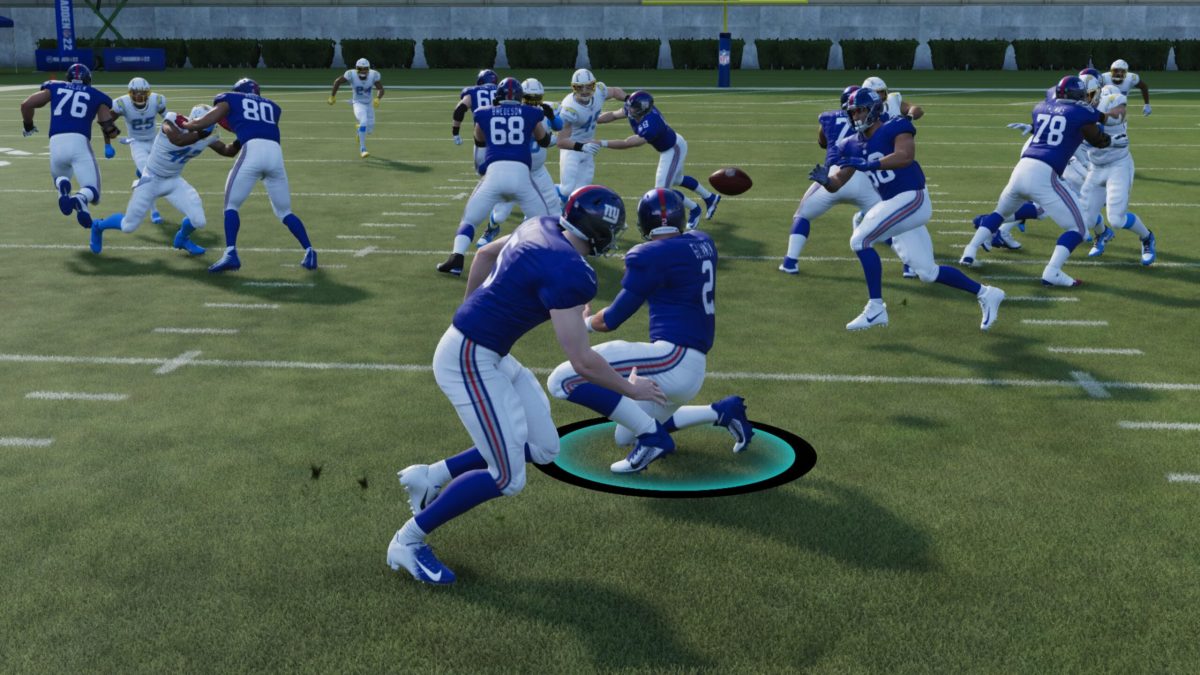
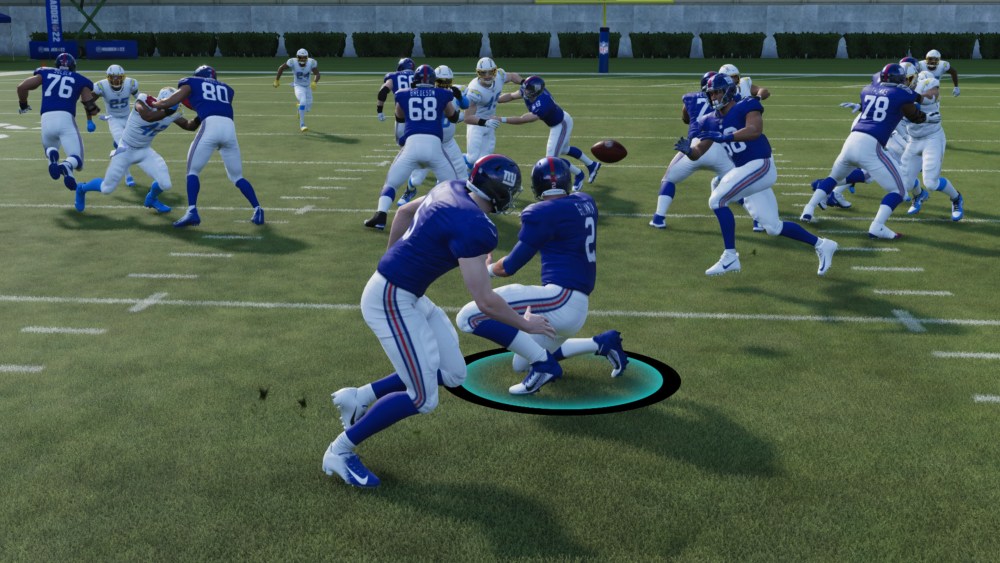
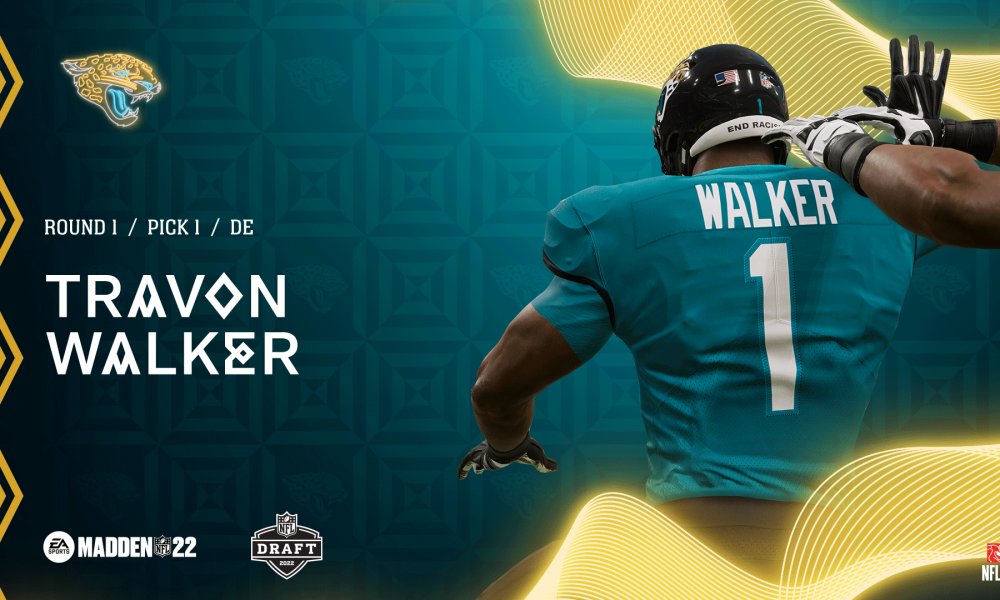
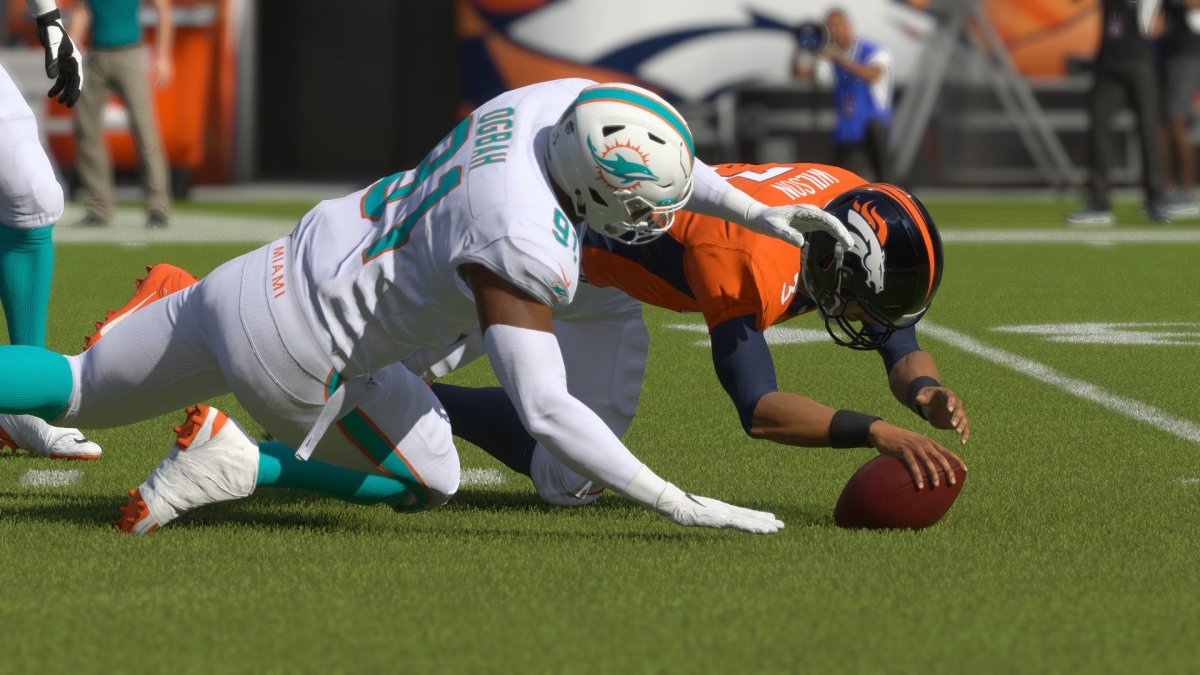
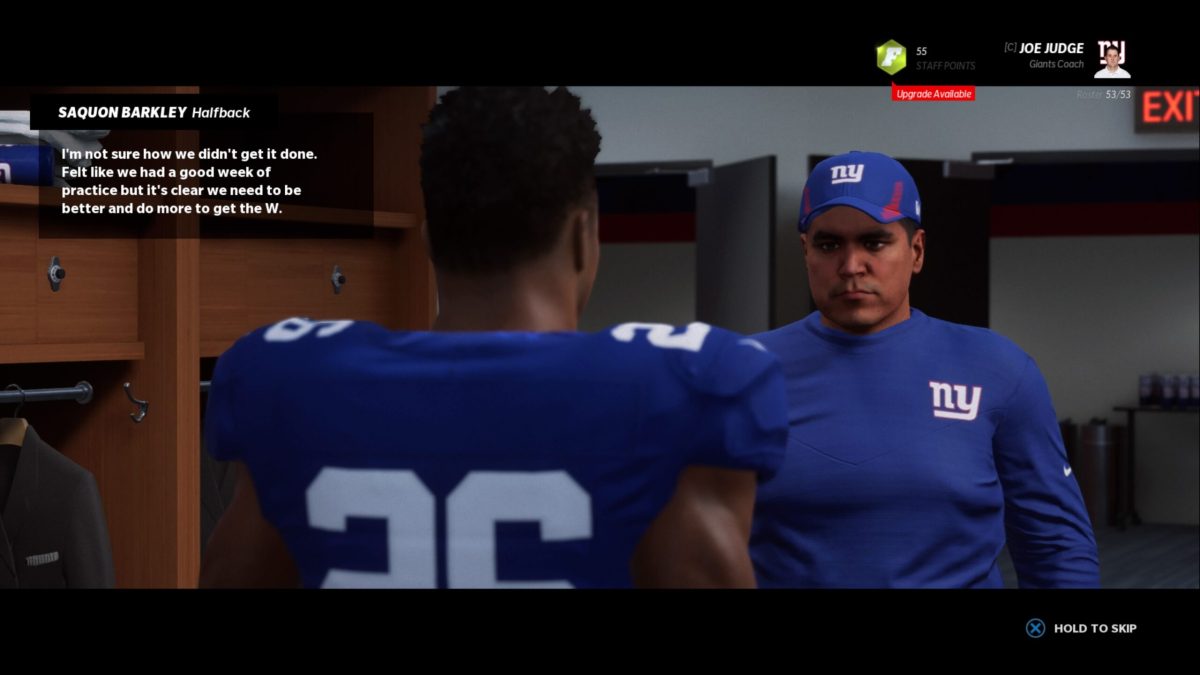
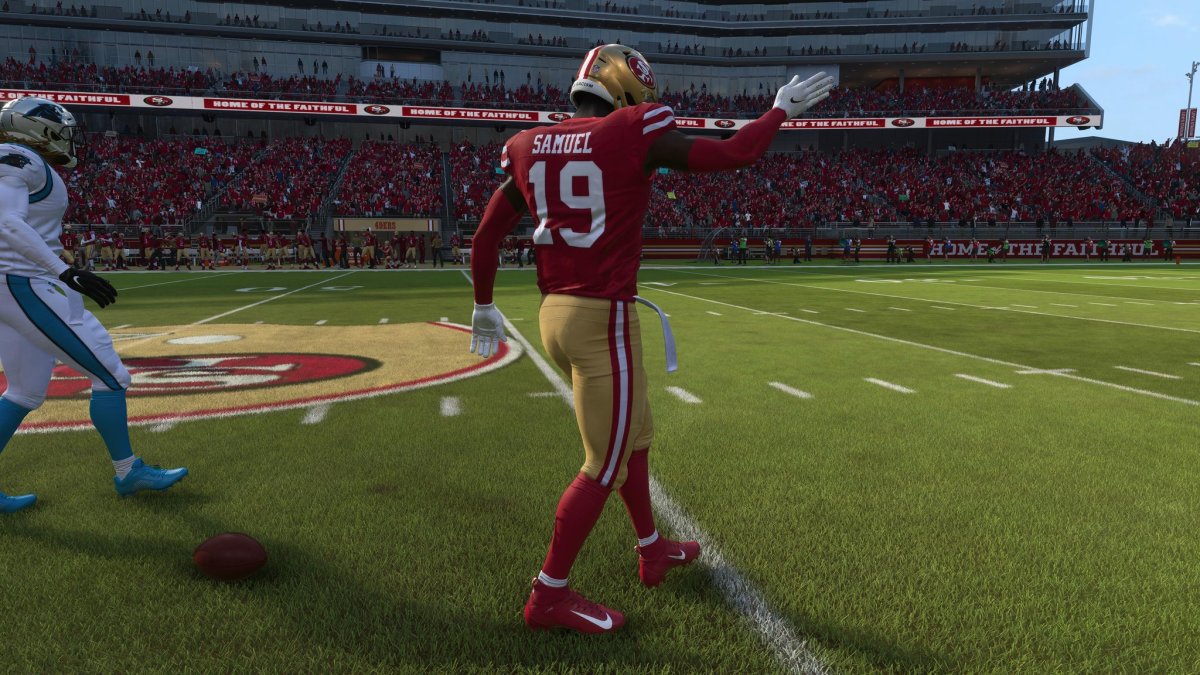
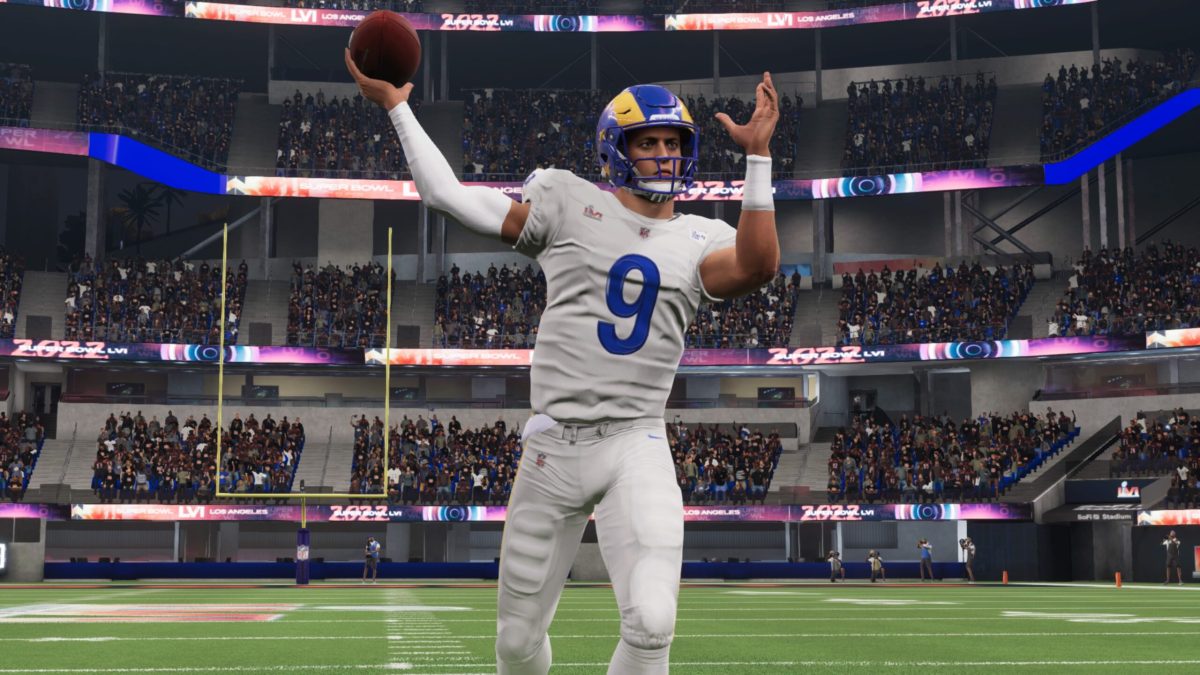
Published: Dec 1, 2021 11:15 am